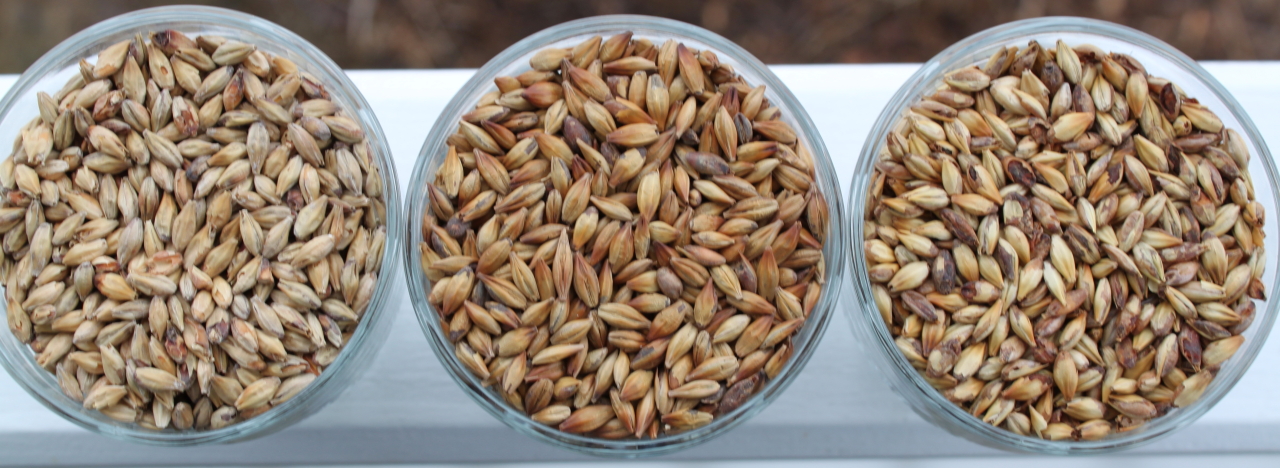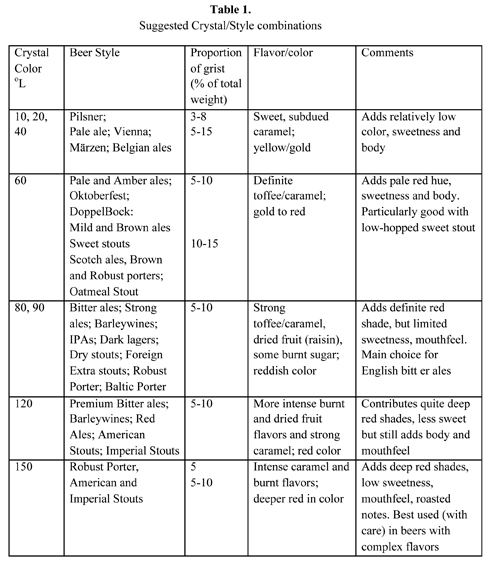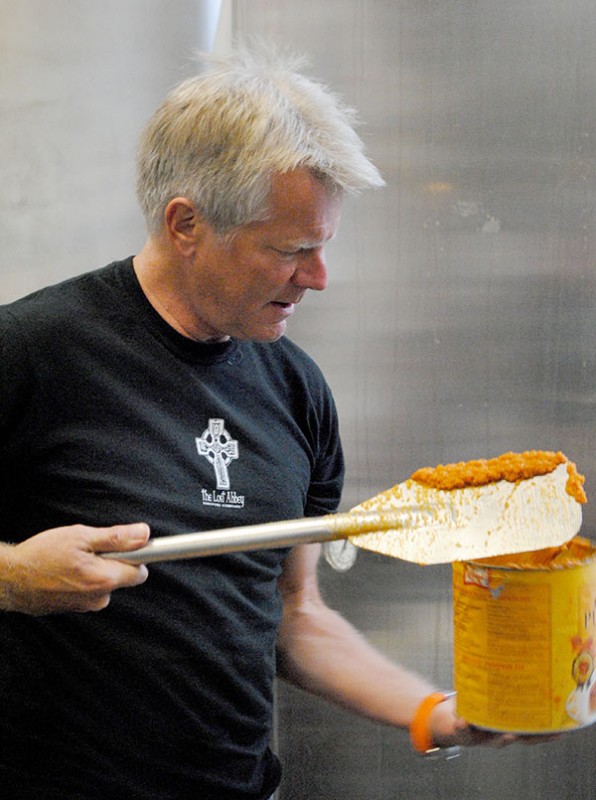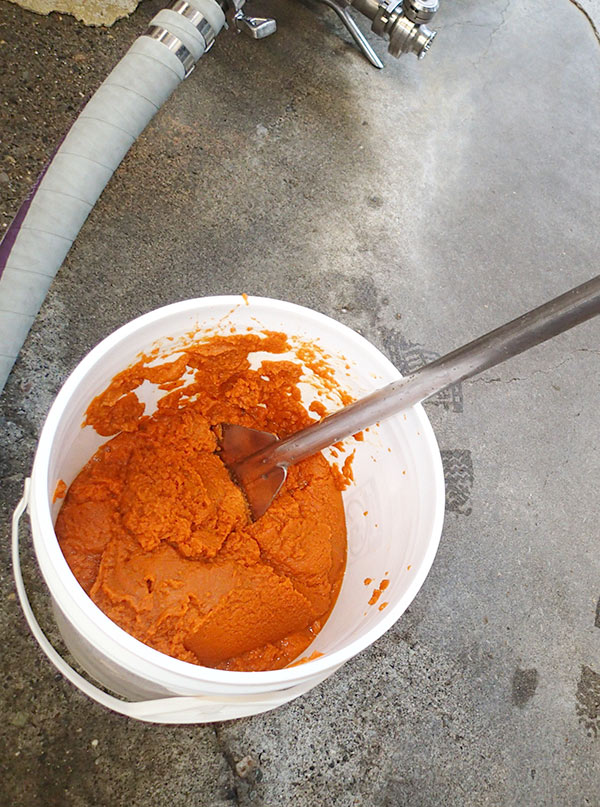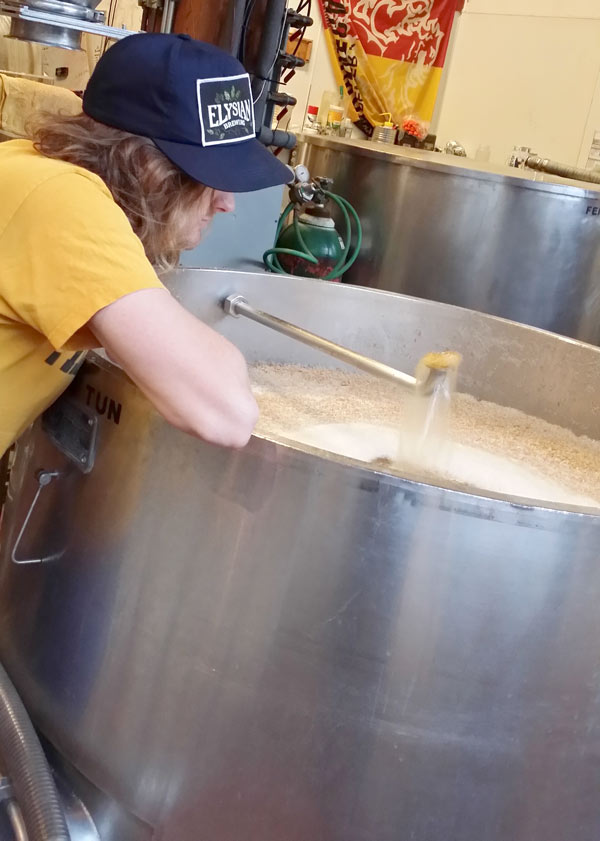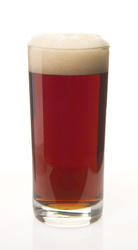
Microorganisms can cause undesirable effects on beer in several ways, including undesirable changes in beer flavor and aroma. Growth of microorganisms on raw materials or in wort can produce changes that alter the normal fermentation pathways. Additionally, the growth of contaminants on raw materials or in wort can generate many different microbial metabolites that may be retained throughout the brewing process and affect the flavor and aroma of the finished beer.
Spoilage organism categories
The primary categories of organisms that can cause beer to spoil are bacteria and wild yeasts. Here is a look at these categories:
Bacteria
Beer is a hostile environment for most microorganisms. The ethanol concentration and relatively low pH in beer creates an environment that is not favorable for bacterial growth. The dissolved carbon dioxide concentration and very low dissolved oxygen concentration makes beer an almost exclusively anaerobic medium. Beer also contains dissolved hop compounds that are toxic to many bacteria. Only a few kinds of bacteria are able to grow under such inhospitable conditions and are able to spoil beer. Some types of bacteria can, however, grow rapidly in wort. Active yeast must be pitched into fresh wort as soon as possible to inhibit and "out-compete" undesired bacterial growth.
Bacteria may have many different shapes, but beer-spoiling bacteria generally are either round (cocci) or rod (bacilli) shaped. Bacteria can further be characterized by a staining procedure known as "Gram stain." Bacteria is considered to be either "Gram positive" or "Gram negative" depending on how they react to this stain. The way bacteria interact with the stain is related to the specific structure of the bacteria cell walls.
Gram-negative bacteria
Important kinds of Gram-negative bacteria are acetic acid bacteria, Zymomonas spp., Pectinatus spp., and various Enterobacteriaceae. Several members of this group not only interfere with the fermentation process or produce undesired by-products, but also have been reported to survive the fermentation process and to transfer into the finished product.
Acetic acid bacteria
These are Gram-negative, rod-shaped bacteria that produce acetic acid from ethanol. Acetobacter and Gluconobacter are two important kinds of acetic acid bacteria that are traditionally associated with brewing. Acetobacter can oxidize ethanol to CO2 and water via the hexose monophosphate pathway and TCA cycle. For Gluconobacter, the hexose monophosphate shunt is the most important route for sugar metabolism. The entire glycolytic and TCA cycles are not functional in Gluconobacter. These organisms cannot thrive in the highly anaerobic conditions of finished beer. Contamination with Acetobacter and Gluconobacter can only manifest in beers that contain some amount of oxygen as a result of defects in the manufacturing process.
Zymomonas
These are Gram-negative rods that occur as single cells, in pairs, chains, or filaments. The most distinctive characteristic of Zymomonas is the ability to convert glucose or fructose to ethanol and CO2 via the Entner-Doudoroff pathway. Ethanol only begins to inhibit the growth of Zymomonas at a concentration of around 8%. Zymomonas mobilis can be responsible for production of unacceptable levels of acetaldehyde and hydrogen sulfide in lager beer.
Enterobacteriaceae
One homebrewery contaminant in the bacteria family Enterobacteriaceae is Obesumbacterium proteus. It is a Gram-negative, rod shaped bacteria that is often found as a contaminant in the pitching yeast. It grows well in unhopped wort and is able to tolerate pH values ranging from 4.4 to 9.0. Obesumbacterium proteus is known to suppress the fermentation process and produces dimethyl sulfide, dimethyl disulfide, diacetyl and fusel oils. Beer contaminated with Obesumbacterium proteus may have a characteristic fruity or parsnip-like odor.
Gram-positive bacteria
Gram-positive bacteria are capable of a rapid growth rate, and they generally have a strong tolerance to high temperature and low pH conditions. Because of this, Gram-negative bacteria are generally considered to be the most threatening contaminants in the brewery. Gram-positive bacteria belonging to the genera Lactobacillus and Pediococcus are often called lactic acid bacteria because they produce lactic acid from simple sugars. Gram-positive bacteria are generally less able to resist the antiseptic effects of hop resins but this is not true for all varieties and there is significant variability.
Lactobacillus
There are several species of lactobacilli that have been isolated from beer, and these are major spoilage organisms within the beer industry. They are rod-shaped organisms and are resistant to hop bittering compounds. Lactobacillus can spoil beer by causing acidity, off-flavors and turbidity. Some of the lactobacilli produce diacetyl, which is responsible for a "buttery" flavor in beer. Although all lactobacilli produce lactic acid, the level of the acid accumulated in beer may not reach a concentration that is high enough to make a significant flavor impact on the final beer.
Pediococcus
Pediococcus damnosus is a very common spoilage organism found in breweries that produce lager beer. The organisms are usually found during the late fermentation or in the final beer. Spoilage by pediococci is similar to that caused by lactobacilli. Pediococci cause high acidity and buttery aroma due to the production of diacetyl. Pediococci also inhibit yeast growth, which results in decreased fermentation rates. Pediococcus can also produce thixotrophic polysaccharide slimes that cause "ropey" strands within beer. Pediococcus is often considered one of the most difficult types of bacteria to remove from an infected brewery.
Wild yeasts
Wild yeast can be defined as any yeast that a brewer did not intentionally introduce into a beer. Wild yeasts can produce a wide variety of undesired flavors in finished beer. These flavors include hydrogen sulfide (rotten egg), estery (fruity), acidic (sour), fatty acid, and phenolic or medicinal. Turbidity can also be produced by wild yeast strains that do not flocculate well. Wild yeast infection can also cause higher alcohol content with lower final gravity in the finished beer (if the infecting yeast is highly attenuative). Wild yeast can either be Saccharomyces or non-Saccharomyces.
Saccharomyces wild yeasts
Saccharomyces wild yeasts are fac-ultative anaerobes. Cross-contamination with another Saccharomyces cerevisiae strain can cause production of off-flavors and unusual fermen-tation performance. The strain Saccharomyces diastaticus has the ability to break down the dextrins which are not normally consumed by most brewing yeast strains. This results in overattenuated, thinner-bodied beers.
Non-Saccharomyces wild yeasts
There are many different genus and species of non-Saccharomyces yeast which can cause problems in beer. They tend to be aerobic organisms.
One common strain of these kinds of yeast are Brettanomyces. Brettanomyces produce acid, cidery, and clove/medicinal aromas and flavors. Other non-Saccharomyces wild yeast include Pichia, Candida and Hansenula. Pichia form films, haze and various unusual esters. Candida and Hansenula grow fast and form films. Pichia and Candida will also oxidize ethanol to acetic acid if aerobic conditions are present.
Non-Saccharomyces yeast are sometimes deliberately used by brewers to create a specific effect within beer. These yeasts can create different flavor/aromas to increase the unique character of a particular beer. For instance, Brettanomyces bruxellensis is often used to create the characteristic sour taste that is expected within Belgian lambic beers.
Molds
Molds are a type of non-chlorophyll-bearing plant. Molds are able to thrive in an environment with a temperature range of 77–86 °F (25–30 °C), but can also grow at slightly cooler or warmer temperatures. Molds are usually aerobic and can tolerate a fairly wide pH range, but most molds prefer an acidic pH. In breweries (home and professional) mold can thrive anywhere there is a little bit of moisture and a food source in open air. Molds may be encountered on damp walls and floors, inside less-than-clean bottles and kegs, or almost any place where beer residue may be present.
Conclusion
Microorganisms are everywhere, and they can find their way into the wort or beer at most any step in the brewing process. Although no pathogenic microorganisms can survive in beer, beer that is infected in a way not intended by the brewer will usually be quite unpleasant or even undrinkable. A good brewer must understand how to manage cleaning and sanitation practices in order to minimize the potential problems associated with unwanted microorganisms.


































